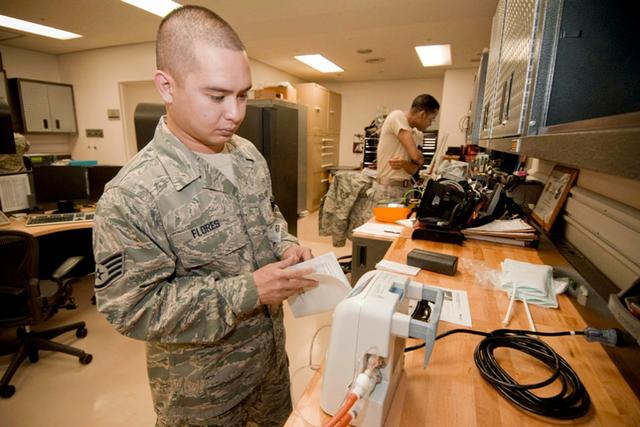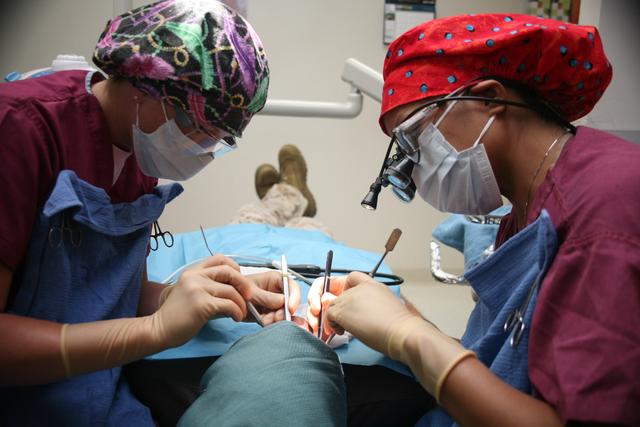Podiatrists
Overview

Introduction
Podiatrists are specialists in diagnosing and treating disorders and diseases of the foot, ankle, and lower leg. They treat bunions, calluses, corns, warts, ingrown toenails, heel spurs, arch problems, and ankle and foot injuries. Podiatrists also treat deformities and infections. A podiatrist may prescribe treatment by medical, surgical, and mechanical or physical means. Podiatrists are also known as doctors of podiatric medicine, podiatric physicians, and podiatric surgeons.
The human foot is a co...
Quick Facts
Median Salary
Employment Prospects
Minimum Education Level
Experience
Skills
Personality Traits
Earnings
Podiatrists had median annual earnings of $141,650 in May 2023, according to the U.S. Department of Labor. The median annual salary for workers in all careers was $48,069. The lowest 10 percent of podiatrists earned $58,550, and the top 25 percent earned $216,070 or more annually. Podiatrists who worked in general medical and surgical hospitals earned average salaries of $164,480.
Podiat...
Work Environment
Most podiatrists work independently in their own offices or in a group practice. The workweek is generally 40 to 60 hours per week. Podiatrists usually can set their own hours to coordinate office hours with hospital staff time or teaching schedules.
Outlook
The U.S. Department of Labor predicts that employment for podiatrists will grow by 1 percent from 2023 through 2033. This is slower than the average for all careers. Demand will be stronger (increasing by 4 to 5 percent) in hospitals and offices of physicians, where nearly 30 percent of podiatrists are employed.
Demand for podiatrists skills is increasing as the profession gains recognit...































































































































